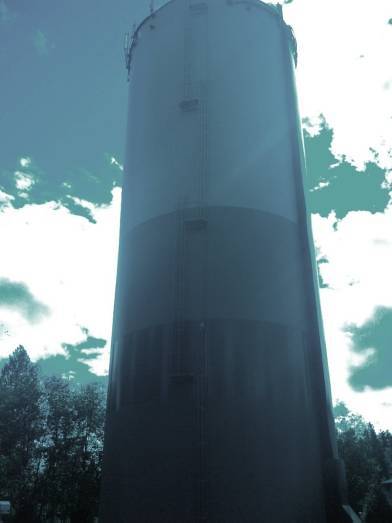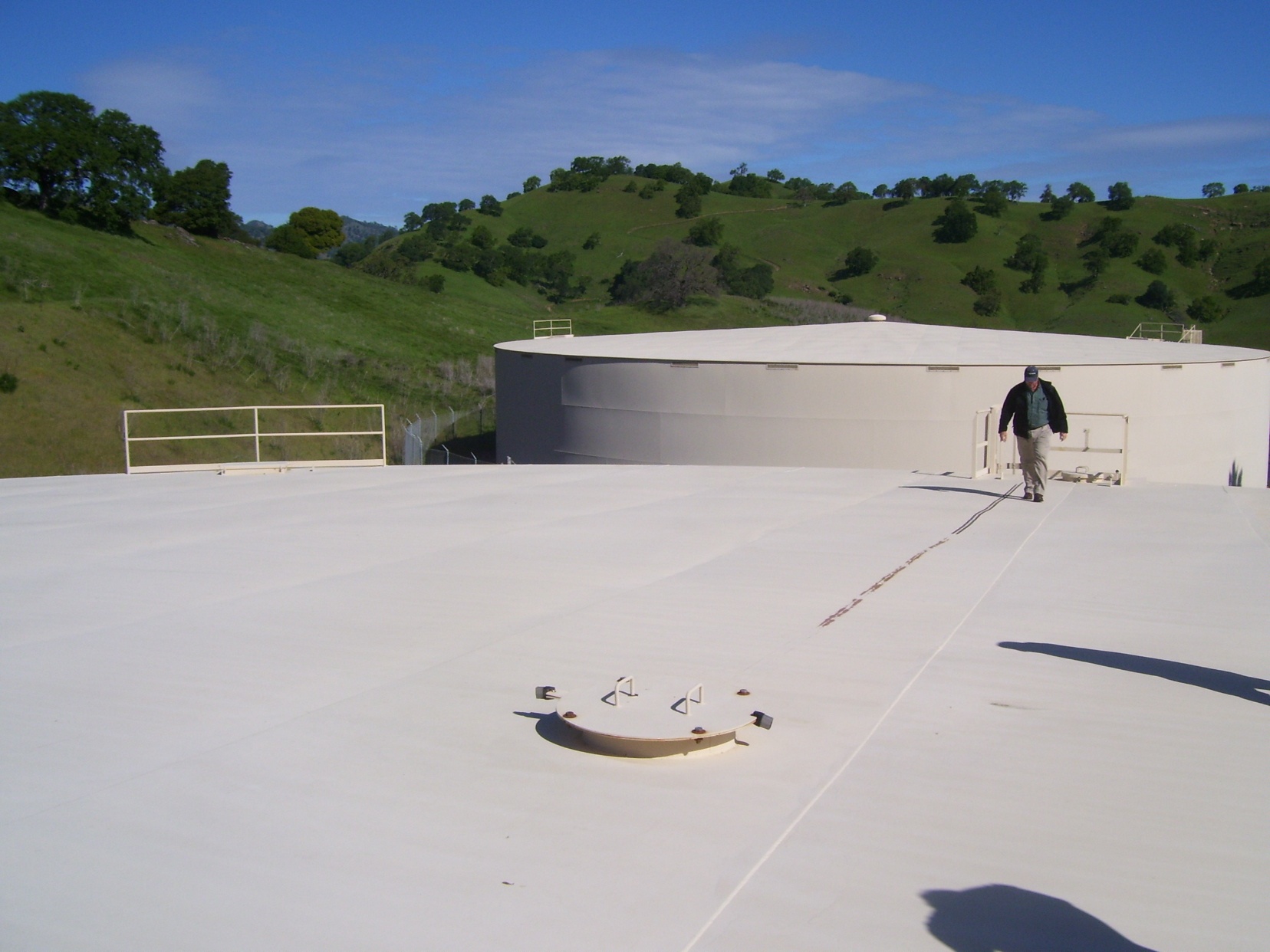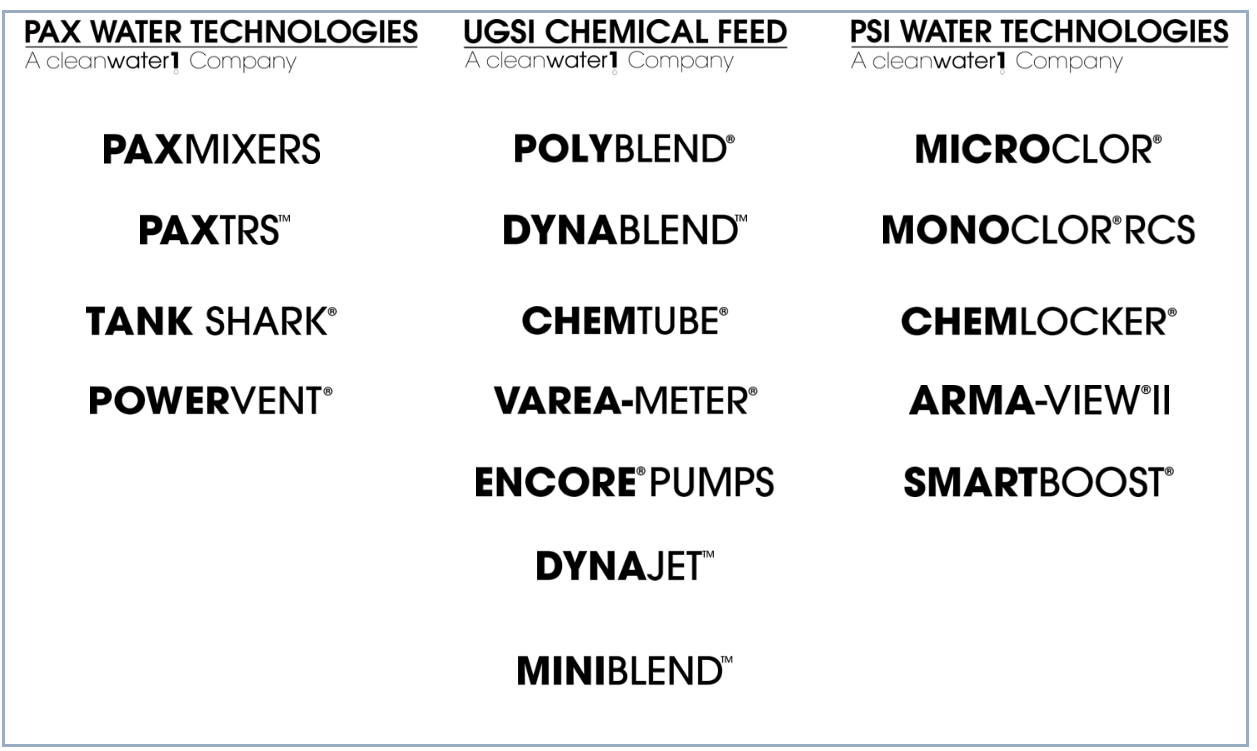Four Things To Check If Your Polymer Is Not Performing
The word “polymer” is derived from the Greek words “poly” and “meros,” meaning “many parts.” Polymers are chemical compounds comprised of molecules (monomers) repeatedly connected to form a long chain. A polymer chain has “charge sites” that play a crucial role in agglomerating particles together to accelerate liquid-solid separation processes in water and wastewater treatment. The objective of proper polymer activation is to expose more of these “charge sites” so we can get the most efficient use from the same (or less) amount of polymer with even better separation results.
You can learn more about the application of two-stage mixing when it comes to polymer activation by reaching out to one of our team members, using this form. There are some additional factors not related to mixing equipment or polymers that may impact the performance of your chemical over time.
Often a good place to start when dealing with underperforming polymers is to check the dilution water used for polymer mixing. Here are four important water quality parameters that affect polymer activation:
* Ionic strength (Hardness): Soft water helps polymer chains fully extend faster. Multi-valent ions (molecules that can form multiple chemical bonds) present in hard water interfere with the polymer chains and hinder polymer activation. If your dilution water hardness exceeds 400 ppm, consider adding a water softener.
* Oxidizers (Chlorine): Chlorine attacks and breaks down polymer chains. If using reclaimed water for polymer mixing, test your water for chlorine content. Keep chlorine levels below 3 ppm.
* Temperature: Polymer does not activate as well when cold water is used, so it is recommended to use an in-line water heater for dilution water temperatures lower than 40-degrees Fahrenheit. Note that water temperatures over 100-degrees Fahrenheit may damage polymer chains. Water temperatures between 80- and 95-degrees Fahrenheit are ideal.
*Suspended Solids/Turbidity: Solids present in dilution water can occupy polymer charge sites, reducing the effectiveness of the polymer upon process application. A strainer is recommended if suspended solids are greater than 10 ppm.
Since polymer can be one of the most expensive line items in a plant’s operating cost, knowing how to achieve peak performance can make a big difference.

Learn more how Polymer Activation:



